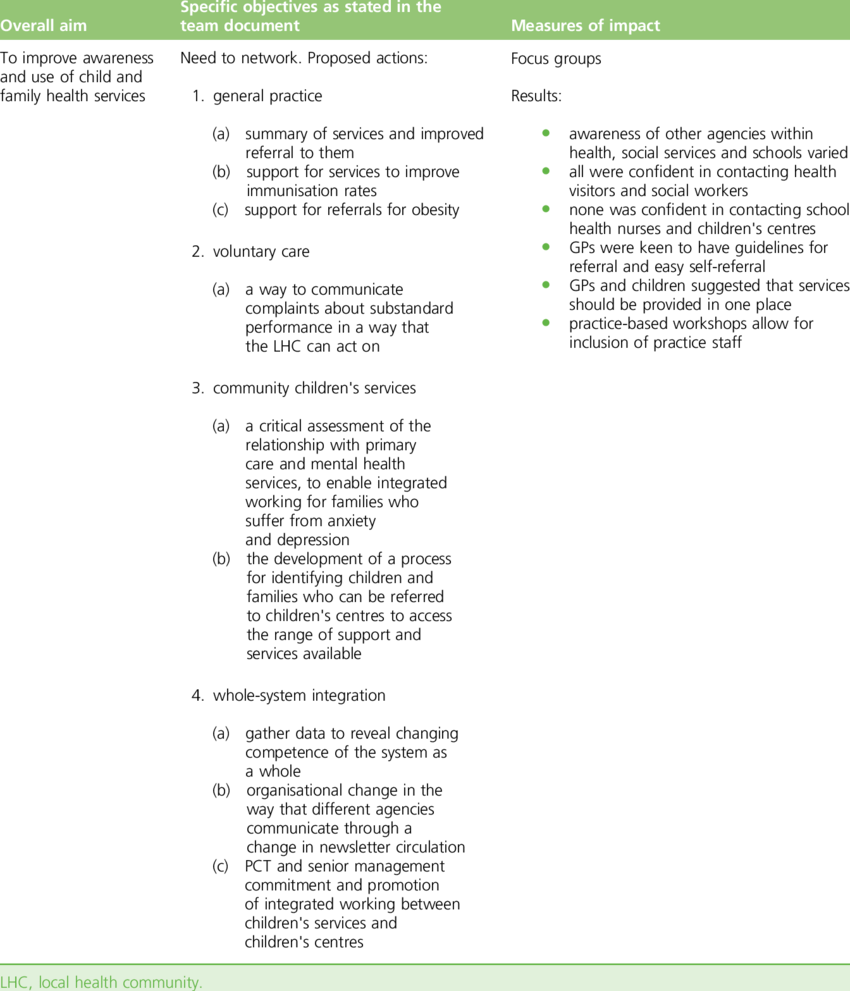
 Being overweight may trigger numerous health problems. It is necessary to keep the body and its caloric needs in balance. Obesity is characterized by extremely high amounts of adipose tissue, which is commonly called body fat. Desirable weight standards, known as the body mass index (BMI), represent weight to height ratios which are associated with the lowest risks for overall health. A human being is classified overweight when his/her BMI is around 25 to 29.9 and obese when the BMI is 30 or more.
Being overweight may trigger numerous health problems. It is necessary to keep the body and its caloric needs in balance. Obesity is characterized by extremely high amounts of adipose tissue, which is commonly called body fat. Desirable weight standards, known as the body mass index (BMI), represent weight to height ratios which are associated with the lowest risks for overall health. A human being is classified overweight when his/her BMI is around 25 to 29.9 and obese when the BMI is 30 or more.
Young adults are particularly at risk for being overweight or obese. A lot of studies have verified that overweight children turn into overweight adults. In children and adults obesity increases the danger of life threatening situations, which include high blood pressure, Type 2 Diabetes, sleep disorders, heart disease, liver disease, cancer, eating disorders, joint problems, depression, asthma, anxiety, and generalized apathy.
Causes of obesity in children and families
Causes of obesity in children and families are caused by poor eating habits, sedentary lifestyle, genetics, lack of activity, and psychological factors. Eating foods that are dense in calories and loaded with sodium is a major way that individuals practice poor eating habits. Now that so many people are entertained by their TVs, computers and cell phone applications, more and more children and adults spend too much time sitting down. Some individuals would exercise more if they had a place to do certain activities, like going for walks or going to a gym or some other venue to burn calories. Oftentimes, not having a place to exercise is an excuse to avoid facing certain psychological factors that get in the way of getting healthy. For instance, low self-confidence and feelings of sadness can be significant enough to make an excuse not to get on a healthy routine of eating and exercising, which leads to overweight and obesity.
How to prevent obesity in children and families
Children are at risk for obesity, especially when their families don’t lead healthy lifestyles themselves. During early childhood, children must be given healthy low-fat snacks with regular servings of fruits and vegetables. It’s important for parents to live a healthy lifestyle so that the children can also experience a healthy lifestyle.
Many parents have good intentions, but don’t know how to live a healthy lifestyle consistently. If you don’t know how to keep your family healthy, you could consult with a dietitian or lifestyle coach who teaches how to prevent obesity in children and families.
Making small changes such as walking more and taking the stairs in place of an elevator can be like taking a 20-minute walk every day. Eating more fruits and vegetables rather than eating junk foods can take inches off your body and help you to feel better too.
Conclusion
It’s important to learn what you need to do to live a healthy lifestyle. Read, learn and study all you can on how your body works and how your body uses food for energy and stores unused energy for fat. Keep a food journal. You will be less likely to eat mindlessly if you become accountable for the foods you put in your mouth.
Lots of people feel they have to deprive themselves of a certain food or food group in order to be healthy. The truth of the matter is that food isn’t good or bad; food is literally potential energy for your body. Therefore, there is no reason to deprive yourself of a food that you love. If you or one of your family members has a problem with binging on a certain food, then you might want to remove that food item from the diet for 2 to 3 weeks and then slowly reintroduce it.
It doesn’t matter if you are 8 or 80; a healthy lifestyle involves eating a balanced diet and moving the body in some type of exercise, if possible. Eating a healthy diet and getting adequate exercise will help to fight obesity in families and children.
Sources:
Fighting obesity
How to fight obesity

